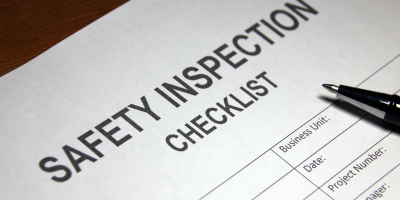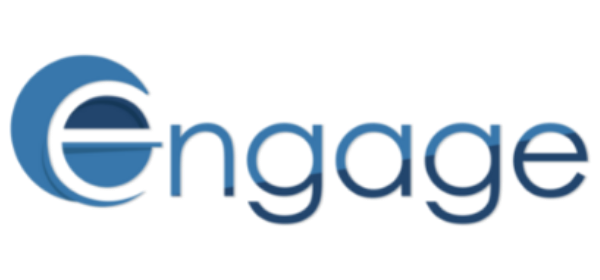Workplace Check-ups: Catching Issues Before They Become Emergencies

Have you checked the fire extinguishers in your office lately? When was the last time you tested the emergency lighting or inspected the your plug sockets for damage? If you’re like most business owners, workplace health and safety checks probably aren’t at the top of your to-do list. But they should be. Neglecting routine check-ups of critical systems and equipment in your business can lead to dangerous failures, accidents, fines, or even loss of life. While it’s easy to get caught up in the day to day work, you owe it to your employees and customers to make workplace safety a priority. Conducting regular audits and inspections, no matter how mundane they seem, can help identify issues before they become full-blown emergencies. It’s time to roll up your sleeves, grab a clipboard (or electronic form!), and give your business a once over. The potential costs of skipping these checks are just too great.
Conduct Regular Workplace Inspections
As the saying goes, “an ounce of prevention is worth a pound of cure.” Spotting issues early on can help avoid disruptions, accidents, and bigger problems down the road.
• Do a walk-through at least once a month, checking for any new hazards like loose wires, leaks, or fire risks. Look for spots that need repairs, deep cleaning, or decluttering.
• Inspect equipment and tools for signs of damage or wear and tear. Ensure machinery is properly guarded and safety mechanisms are functioning as intended. Replace anything faulty or potentially dangerous immediately.
• Check that emergency equipment like fire extinguishers, eyewash stations, and first aid kits are fully stocked, clearly marked, and easily accessible. Replenish or replace as needed.
• Ensure good housekeeping by removing tripping hazards, keeping aisles and exits clear, and properly storing chemicals, supplies, and waste.
• Provide routine maintenance for essential utilities like electrical systems, HVAC, plumbing, and lighting. Have qualified professionals conduct inspections to catch any issues before disruptions or outages occur.
• Review safety protocols and emergency response plans with staff. Practice drills to ensure everyone knows how to properly respond in the event of a real emergency.
• Document your inspections and any corrective actions taken. Maintaining records will help identify recurring issues and track workplace safety over time.
Train Employees on Proper Safety Procedures
To also keep your workplace running safely and efficiently, you need to make sure all employees understand proper safety procedures.
When bringing on new hires, take the time to walk them through emergency response plans, evacuation routes, and first aid basics. Explain how to properly handle hazardous materials and operate equipment safely. Go over company policies regarding workplace conduct, harassment, and inclusiveness. The initial investment of time will pay off in a safer, more productive work environment.
It’s also important to hold regular refreshers for existing employees. Safety standards and best practices are constantly evolving, so annual re-training ensures everyone is up-to-date. You might focus each session on a different potential emergency like fire, weather events, or medical issues. Include interactive elements like drills or simulations to reinforce lessons.
Promote a culture of safety
Training is only effective if lessons are actually applied. Foster an attitude of collective responsibility for health and safety. Encourage employees to speak up if they notice risks or have concerns. Provide incentives for identifying potential hazards or coming up with new safety procedures.
Make following safety rules and procedures an expectation of employment. Be consistent but compassionate in addressing violations. The goal should be education and cooperation, not punishment.
With training, open communication, and the right mindset, you’ll build a workplace where safety is second nature. Employees will feel empowered to prevent accidents and emergencies before they happen. And that benefits both your team and your bottom line.
